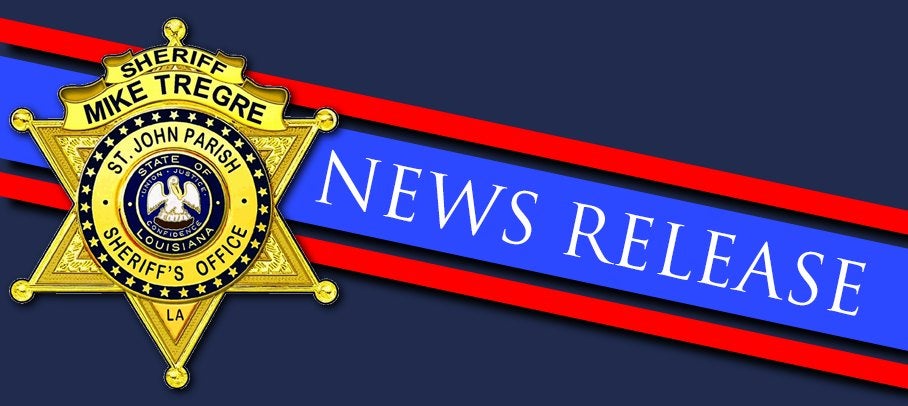Levee Proposal: West Shore Lake Pontchartrain Project builds 100-year storm protection, Corps says
Published 12:15 am Saturday, April 1, 2017

- The Westshore Lake Pontchartrain Levee Project, as planned, would include earthen levees, flood walls and pump stations.
(Editor’s note: This is the first in a series of two special editions detailing the 30-year, 7-mill property tax set for election April 29 and proposed to fund local levee development. Learn where your elected leaders stand April 5.)
LAPLACE — The system is designed to stop storm surge from getting into people’s homes.
It’s that simple, according to Ricky Boyett, chief of public affairs for the United States Army Corps of Engineers.
Trending
Boyett is referring to a $700-million plus levee project vetted by the Corp that includes earthen levees, flood walls and pump stations.
Should the effort receive federal funding, St. John the Baptist Parish Government’s cost-share would be $50 million, with annual maintenance costs of $5 million.

Storm waters reach mailbox level as St. John the Baptist Parish residents use boats during rescue efforts in the aftermath of Hurricane Isaac. Officials said a levee could have prevented the flooding.
The gigantic project crossed a major hurdle in 2016 when then-President Barack Obama officially signed the Water Infrastructure Improvements for the Nation Act into law. It includes the Westshore Lake Pontchartrain Hurricane Risk Reduction Project that aims to create levee protections for St. John the Baptist, St. Charles and St. James parishes.
Congress still must create a spending vehicle to fund the majority portion of the massive project.
St. John the Baptist Parish officials are asking voters this month to pass a new 7-mill property tax that would generate the local financial match.
The levee
Trending
Boyett said the levee system would be similar to the Corp’s approach to hurricane system protection in New Orleans.
“You build a combination of features to which, when the storm comes, the area behind that, what we call the protected side, has a 100-year elevation or a 100-year storm surge risk reduction level,” Boyett said. “A 100-year storm surge event or hurricane means it has a 1 percent chance of occurring in any given year. That is the same level of risk reduction that the post Katrina hurricane system was constructed to.”
The proposed system starts out where the New Orleans system ends at the Bonnet Carré Spillway and moves west to cover all of St. John Parish and a portion of St. James Parish.
It extends 18 miles from the Bonnet Carre Spillway in Montz to the Hope Canal in Garyville.
Selection & funding
The Corp looked at the best way to approach risk reduction to areas vulnerable to storm surge, like what was seen during Hurricane Isaac, and factored in the federal government’s best financial approaches.
Multiple alternatives were studied, including doing nothing.
“We evaluate these alternatives based on how much it costs to build and maintain them, versus how much damage will be reduced by them being in place,” Boyett said.
“That gives us, essentially, a cost benefit ratio. For the federal government to really consider it, it needs a cost benefit ratio where at least for every dollar spent on this project, you are reducing at least a dollar in damages.”
Quite often, the project with the greatest return on investment for the federal government is selected, and Boyett said the current plan was recommended for that reason.
Protection
Hurricane Isaac, according to area officials, is the best example of how the East Bank of St. John the Baptist Parish is vulnerable to storm surge generated from Lake Pontchartrain and, to a lesser extent, Lake Maurepas.
The winds for a hurricane turn counter clockwise and when they come to rest over Lake Pontchartrain, a very wide but very shallow body of water, a surge is created pushing directly into the areas in and around St. John the Baptist Parish.
The Westshore Lake Pontchartrain Hurricane Risk Reduction Project was studied before Isaac, but the 2012 storm is the most recent example of how the region is vulnerable to storm surge.
Stressing all storms are different, Boyett noted Hurricane Isaac was not up to the level of a 100-year storm. Had the proposed levee been in place, Boyett said St. John Parish would not have seen the Isaac flooding.
“This is a structural measure to stop exactly what is the primary cause of a lot of the flooding during Isaac,” he said.







